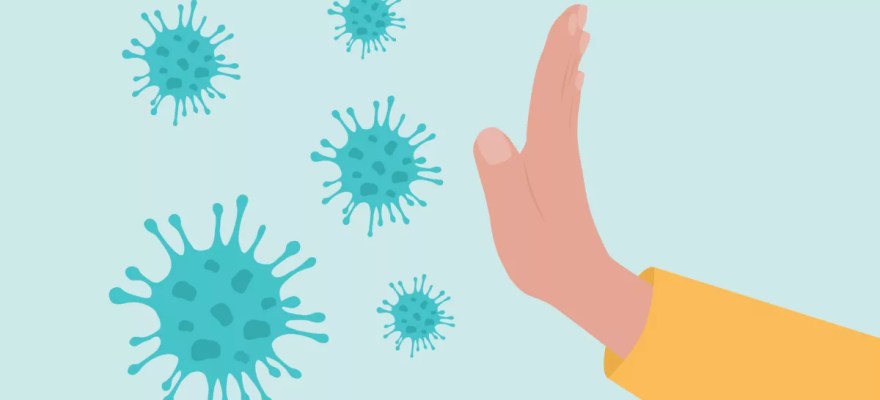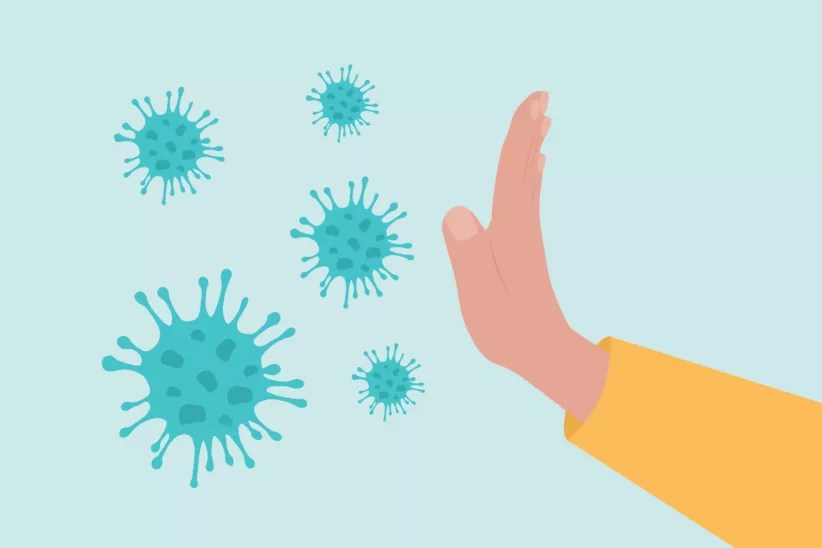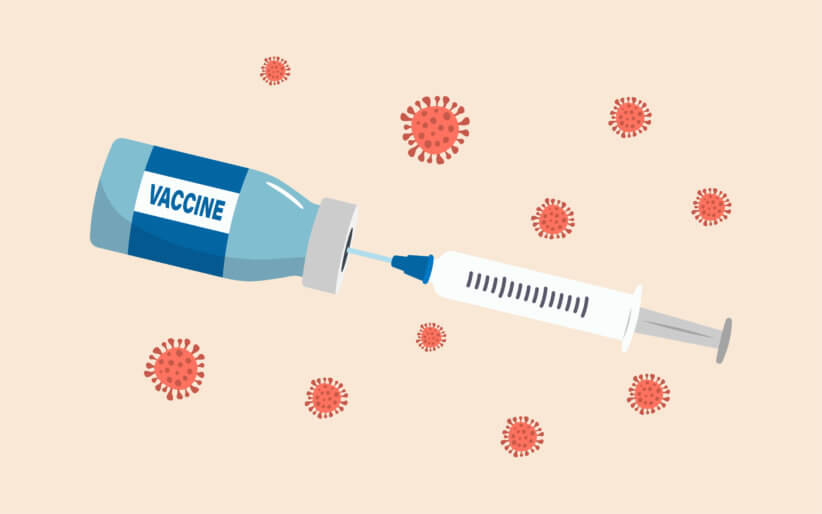

New COVID-19 Variants: What Parents Need to Know as Kids Head Back to School
Just when the world finally returned to a sense of normalcy after the COVID-19 pandemic, two new variants of the virus—EG.5 and BA.2.86—have appeared this summer.
Governor Hochul announced yesterday that her office is taking precautions and monitoring the situation. “While New Yorkers might want to be done with COVID-19, COVID-19 isn’t done with us,” she said. “With the increase in hospitalizations and reported cases this summer, I strongly urge everyone to take appropriate precautions to protect themselves and their communities. To keep New Yorkers safe, my administration will continue to monitor this situation, share information on the new boosters as soon as it’s available, and continue to make N-95 masks available statewide.”
While it’s scary to think of new COVID-19 variants circulating, there’s some good news: Doctors feel this new wave of the virus isn’t expected to be more severe than the ones we’ve experienced before. With the new school year approaching, here’s what parents need to know to help keep their kids safe and healthy as they head back to the classroom.
How Prevalent are the New COVID-19 Variants Right Now?
First, it’s important to note that viruses, including the one that causes COVID-19, change over time. These viruses with changes are called “variants.”
Psst…Best Laptop for Students of Every Age: K-12 and Beyond
The first new variant making headlines recently is EG.5. And doctors are seeing EG.5 rise.
“We are seeing a rise in EG.5 coronavirus now since it likely can escape some previously built-up immune defenses,” Sten Vermund, MD, PhD, an infectious disease epidemiologist at the Yale School of Public Health and a professor of pediatrics with the Yale School of Medicine, explained. “But happily, the vaccine-induced immunity does continue to provide substantial protection from serious disease.”
Since EG.5 is pushing out the earlier variants, Vermund added, it’s safe to say that it is more transmissible. But just because it’s more transmissible, it doesn’t mean it’ll be more intense.
“EG.5 does not look like it causes more severe disease, judging from the cases seen to date,” the doctor additionally explained.
The other new variant, called BA.2.86, emerged in mid August. It was detected in samples from people in Denmark and Israel, with at least two cases having been identified in the United States, according to the Centers for Disease Control and Prevention (CDC).
Similar to EG.5, there’s no evidence right now that BA.2.86 is causing more severe illness, according to the CDC, though the agency is continuing to monitor the issue.
New COVID-19 Variants: What Precautions Should Parents Take as Kids Head Back to School?
It’s no secret that parents and educators are not interested in going through another series of COVID lockdowns. And students are still grappling with learning loss from the many days of interrupted school time throughout the pandemic.
So this begs the question, “How should schools open their doors safely as COVID-19 variants continue to circulate?”
Vermund explained that public health authorities and school health professionals will be tracking COVID-19 in the communities and schools, respectively.

“This information will guide us as to whether it is business-as-usual or if we need more precautions,” he said. “All children and school personnel should get vaccinated, including the bivalent vaccine booster. It would also help if families of school children would get vaccinated.”
Rebekah Diamond, MD, hospital pediatrician in NYC, assistant professor of pediatrics at Columbia University and author of “Parent Like a Pediatrician,” agreed about getting kids vaccinated.
“The biggest thing is going to be vaccines. We know that it’s such an important tool,” she said.
While Diamond understands the anxiety around vaccines and wants parents to ask questions, she also wants them to feel empowered to get their child vaccinated.
Children ages 6 months and older can receive the COVID-19 vaccine.
When it comes to wearing masks, Diamond recommends parents watch the trends. Choosing to wear a mask is a dynamic decision that can change depending on the situation you and your child are in and what the data is for COVID at a given time.
Proper hand hygiene is important, too.
What Should You Do If Your Child Has COVID-19 Symptoms?
The symptoms of these new variants are the same as previous ones. Vermund added that symptoms of COVID-19 can look like a cold when it’s mild or like the flu if it’s more severe. The loss of taste and smell acuity—something many COVID patients have experienced—is a difference with COVID-19.
It’s a good idea to test for COVID-19 if your child is experiencing symptoms of the virus. And if he or she tests positive, keep your child home from school.
“If you’re concerned at all about how to treat your child or if they’re sick enough that they need medical attention, your pediatricians will be here. We’re ready. We’re waiting for these calls,” Diamond said.






